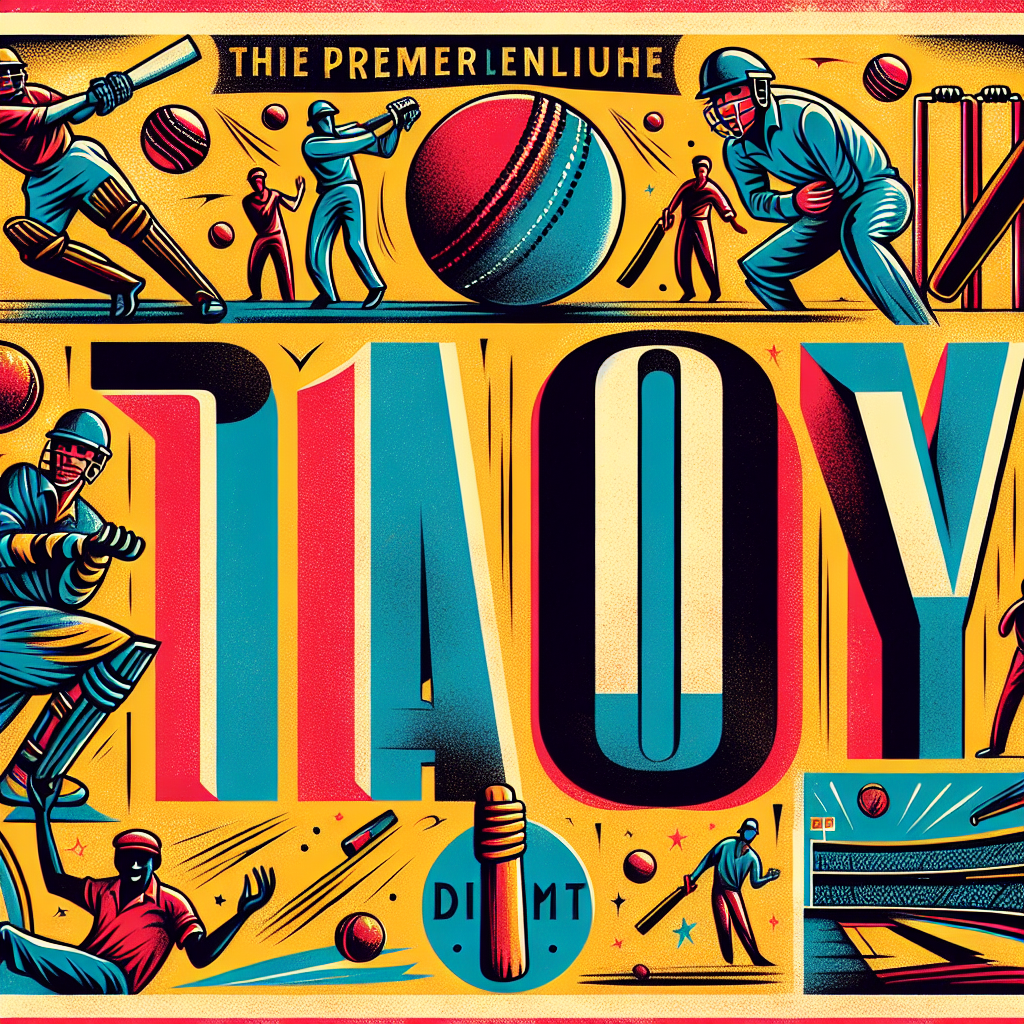
The Indian Premier League (IPL) has become a cornerstone of modern cricket, blending sports, entertainment, and business in a way that has captivated audiences worldwide. Since its inception, the IPL has transformed the landscape of cricket, introducing a new format that has attracted fans, players, and sponsors alike. This article delves into the origins of the IPL, exploring the events leading up to its first match, its impact on cricket, and the legacy it continues to build.
The Genesis of the IPL
The idea of a professional Twenty20 cricket league in India was conceived in response to the growing popularity of the shorter format of the game. The Board of Control for Cricket in India (BCCI) sought to capitalize on this trend, aiming to create a league that would not only entertain but also generate significant revenue.
The Influence of the Indian Cricket League
Before the IPL, the Indian Cricket League (ICL) was launched in 2007 by Zee Entertainment Enterprises. Although it was not officially recognized by the BCCI, the ICL's success in attracting international players and viewership highlighted the potential for a professional T20 league in India. The BCCI, recognizing the threat posed by the ICL, decided to establish its own league, leading to the birth of the IPL.
The First IPL Auction
The first IPL player auction took place on February 20, 2008, in Mumbai. It was a landmark event that set the stage for the league's inaugural season. The auction saw franchises bidding for top international and Indian players, with some of the highest bids going to cricketing superstars.
- Mahendra Singh Dhoni was the most expensive player, bought by Chennai Super Kings for $1.5 million.
- Andrew Symonds was acquired by Deccan Chargers for $1.35 million.
- Sanath Jayasuriya and Adam Gilchrist were among other high-profile players who attracted significant bids.
The auction not only highlighted the financial muscle of the IPL but also set the tone for the competitive nature of the league.
The First IPL Match: A Historic Day
The inaugural match of the IPL was held on April 18, 2008, at the M. Chinnaswamy Stadium in Bangalore. The match featured the Kolkata Knight Riders (KKR) against the Royal Challengers Bangalore (RCB), two teams that would go on to become iconic in the league's history.
Brendon McCullum's Explosive Innings
The opening match is best remembered for Brendon McCullum's explosive innings. The New Zealand cricketer scored an unbeaten 158 runs off just 73 balls, setting a high benchmark for future IPL performances. His innings included 13 sixes and 10 fours, propelling KKR to a massive total of 222/3.
RCB, in response, struggled to chase the target and were bowled out for 82 runs, giving KKR a resounding victory by 140 runs. McCullum's innings not only set the tone for the IPL but also showcased the entertainment value of T20 cricket.
The Impact of the First IPL Season
The success of the first IPL season was unprecedented. It attracted millions of viewers, both in India and globally, and established the league as a major sporting event. Several factors contributed to its success:
- Star Power: The presence of international cricket stars and Bollywood celebrities added glamour and appeal.
- Innovative Format: The T20 format, with its fast-paced and high-scoring games, kept audiences engaged.
- Franchise Model: The city-based franchise model fostered local support and rivalries.
- Media Coverage: Extensive media coverage and strategic marketing amplified the league's reach.
Economic Impact
The IPL's economic impact was significant, with the league generating substantial revenue through sponsorships, broadcasting rights, and merchandise sales. According to a report by KPMG, the IPL contributed approximately $160 million to the Indian economy in its first season alone.
The Legacy of the First IPL Season
The inaugural IPL season laid the foundation for what would become one of the most successful cricket leagues in the world. It demonstrated the viability of a professional T20 league and inspired similar leagues in other countries, such as the Big Bash League in Australia and the Caribbean Premier League.
Player Development and Opportunities
The IPL has provided a platform for young Indian cricketers to showcase their talent on a global stage. Players like Ravindra Jadeja, Hardik Pandya, and Jasprit Bumrah have emerged from the IPL to become integral parts of the Indian national team.
Moreover, the league has offered financial security to players, allowing them to focus on their game without the pressures of financial instability.
Conclusion: The Enduring Impact of the First IPL Date
The first IPL match on April 18, 2008, marked a turning point in the history of cricket. It introduced a new era of entertainment, competition, and commercial success that has continued to grow over the years. The IPL has not only revolutionized cricket but also set a benchmark for sports leagues worldwide.
As the IPL continues to evolve, it remains a testament to the vision of its founders and the passion of its players and fans. The league's ability to adapt and innovate ensures that it will remain a significant force in the world of sports for years to come.
In summary, the first IPL date is more than just a historical milestone; it is a celebration of cricket's ability to unite, entertain, and inspire. The legacy of that first match continues to resonate, reminding us of the transformative power of sport.

